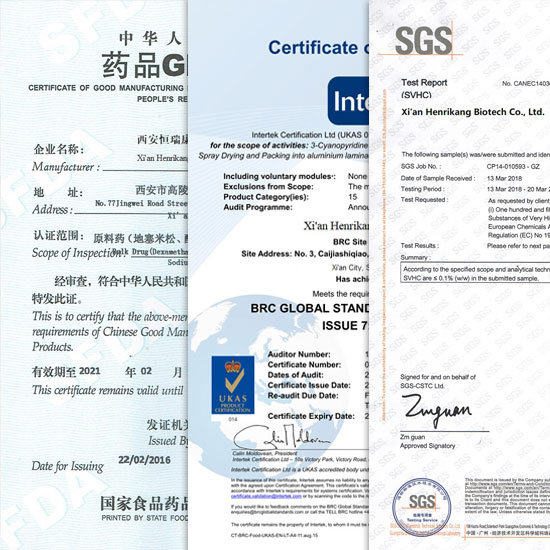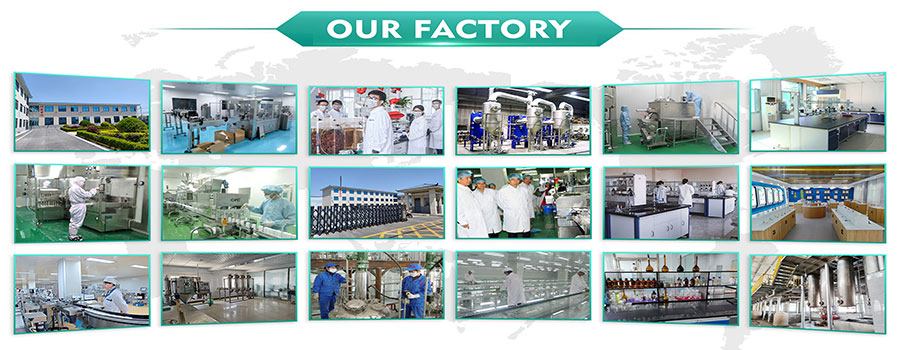





Related Attributes
Product details
L-Arabinose is a naturally occurring glutaraldehyde sugar, usually found as a heteropolysaccharide in gums, hemicellulose, pectic acid, bacterial polysaccharides and certain glycosides. It rarely exists as a monosaccharide.
L-Arabinose tastes very similar to sucrose and is a new low-calorie functional sweetener. Its most significant effect is to inhibit the activity of sucrase in human small intestine, regulate the absorption of sucrose in human body, and fundamentally control the level of blood sugar and blood lipid.
As long as 2% of L-arabinose is added to ordinary sucrose, it can inhibit the absorption of sucrose by 50%, and at the same time inhibit the rise of blood sugar. Therefore, it can be used to reduce obesity and treat diseases such as diabetes and hypertension.
In addition, L-arabinose can be used as a precursor for drug synthesis. Nowadays, the industrial production of L-arabinose is mostly based on corn kernel, corn husk, bagasse, etc. as raw materials.

Uses of L-arabinose.

The Mechanism of Action of L-arabinose:
1. Detoxification: 80% of people experience a normal intestinal detoxification reaction 30 minutes to 3 hours after taking 20 grams of L-arabinose. About 10% experience intestinal rumbling and bloating, while the remaining 10% show no reaction, indicating intestinal problems. To explain this clearly, we can introduce two key terms: semipermeable membrane and osmotic pressure. What is a semipermeable membrane? The cell membrane is a semipermeable membrane, allowing for the exchange of substances between the inside and outside. Oxygen and nutrients enter from the outside, while waste and CO2 are expelled from the inside. Therefore, the cell membrane is both a physical barrier and a means of substance exchange.
2. Intestinal Lubrication: After oral administration of L-arabinose, the sucrose and L-arabinose, which have been digested by enzymes, are directly treated as waste and enter the large intestine. This provides a nutrient source for the proliferation of beneficial bacteria in the large intestine, promoting their growth and optimizing the intestinal environment. Therefore, it greatly helps in the recovery of many intestinal problems.
3. Weight Loss: The accumulation and consumption of fat are related to the amount of energy each person consumes. On the one hand, L-arabinose, when taken with meals, can control the digestion and absorption of sugar in staple foods, reducing the amount entering the body. The body then needs to break down fat to convert it into energy. On the other hand, undigested sugars are utilized by beneficial bacteria in the large intestine. As these beneficial bacteria proliferate, they produce a large amount of organic acids. These organic acids contribute to fat synthesis and reduce the production of visceral fat, thus achieving a weight-loss effect.
Directions for Use.
WHY CHOOES US?

OUR CERTIFICATE

CUSTOM PROCESS

OUR PACKAGE

OUR EXHIBITION

OUR FACTORY

Shipping

Pharmaceutical Intermediate manufacturers
©2022 Xi'an Henrikang Biotech Co., Ltd.,